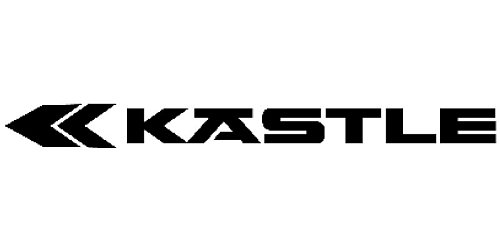QAD Warehousing
Handling inventory is time and space intensive. Let the QAD Warehousing system optimise your inventory levels and navigate your warehouse personnel during stocking and picking operations.
With QAD Warehousing, you get:
- Optimum inventory levels at the right time and in the right place through QAD Planning
- Time savings for warehouse personnel resulting from:
- Clear navigation to the correct location for put-away and picking operations
- Automatic forklift control
- Integrating weights to replenish inventory when receiving it
- QR and barcode scanning for inventory tracking
- Inventory movement tracking by passing through an RFID gate or a camera zone
- Hands-free voice communication between the system and warehouse personnel
- Storage space savings by integrating Kardex automatic storage with movable shelves
- Up to date and credible inventory information with quick, easy and accurate scanning records via RF terminals, RFID or cameras
Features
- Detailed warehouse map locations to the level of rows, columns and shelves
- User-defined rules for put-away, picking and optimising inventory location as well as for inventory transfer to a more accessible location
- Support for inventory batching and multi-level packaging, e.g. boxes, containers and pallets
- Pallet breakdown and palletising management
- Incoming purchases registered via an RF terminal. Navigation to input inspection, if required, and to destination.
- Track storage location movements via RF terminals
- Release into and receipt from production via RF terminals
- Shipping organisation according to sales orders, distribution or delivery routes
- Picking with RF terminals. Orders are covered, inventory is decreased, and delivery notes and billing documents are prepared only upon confirmation
- Inventory identification with an internal QR code, barcode label or via external labels in a customer specific format
- Physical stocktaking with inventory freezing, recalculation, reconciliation of differences and updates
- Ongoing cyclic stocktaking with ABS inventory classification by rotation and value, with immediate evaluation of stocktaking differences and inventory level updates, if applicable










































